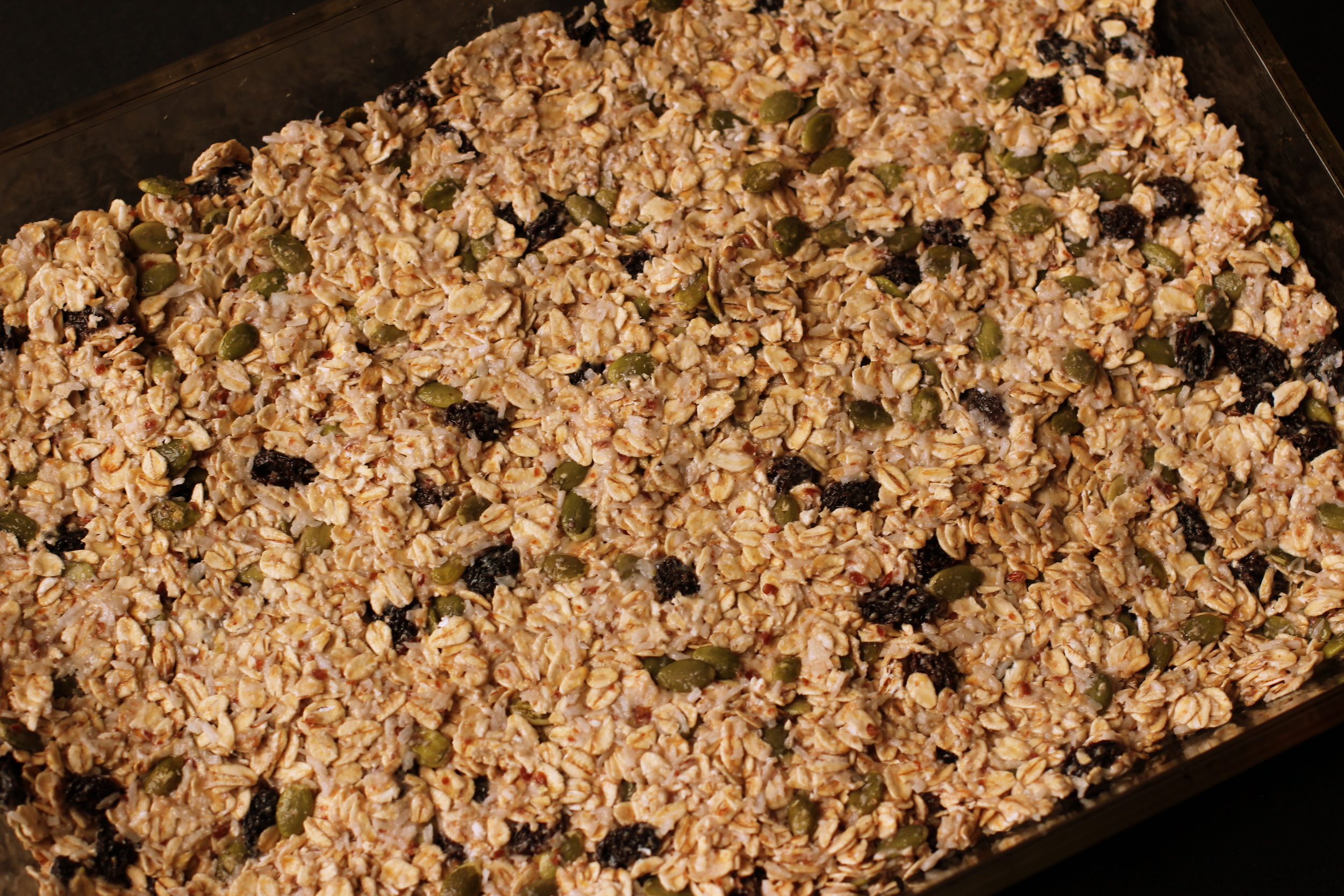Looking for the best rush-out-the-door summer breakfast? Try these make ahead oatmeal jars. As a fan of batch cooking, I assemble a few at a time so during the hectic moments in the morning, all you need to do is to open the fridge door and grab a jar. You can even eat it while you are dressing, on your way to work or when you are settled at your desk. Leftovers make a good afternoon snack!
A lot of my recipes are really formulas that you can customize to your liking. This is how it goes.
Choose an unsweetened, plain yogurt, coconut yogurt, cow or goat milk kefir. My favorite brands these days are Anita's Coconut Yogurt, Green Valley Organics lactose free kefir and Redwood Hill Farm goat milk kefir. I want to emphasize PLAIN and UNSWEETENED because most yogurt products out there contain 15-30 grams of sugar easily per 8 oz. serving.
Mix together 6 oz. of yogurt / kefir of your choice with 1/3 cup of rolled oats and 1 tsp. of chia seeds. Kefir tends to be runny but if you are using a yogurt that is too thick, add a little nut milk to create your desired consistency. Taste the mixture for sweetness. Add a handful of shredded coconut and / or 1/2 tsp. of maple syrup / honey if necessary.
Put half the yogurt / oats mixture into the jar. Layer with mixed berries and chopped nuts. Repeat 1 more time.
Close the jar and refrigerate overnight or up to 3 or 4 nights.
Mix well and enjoy a no fuss breakfast the next morning!




















































